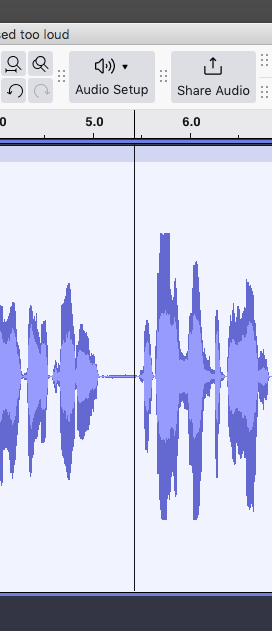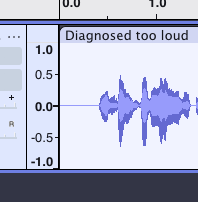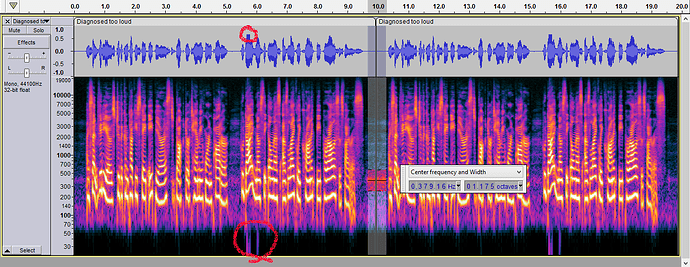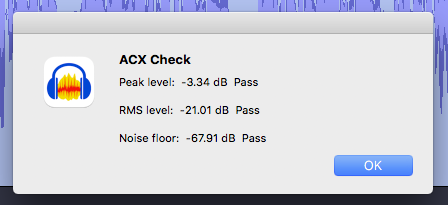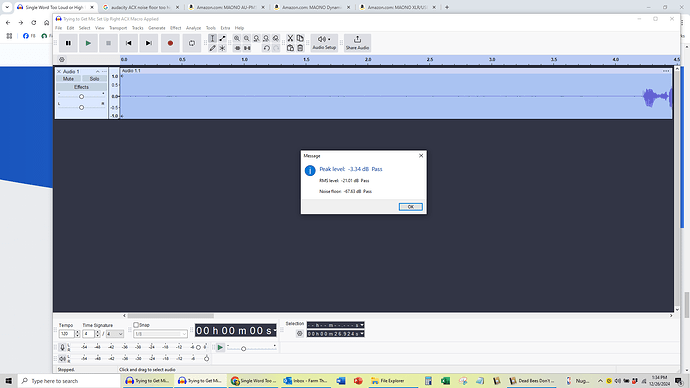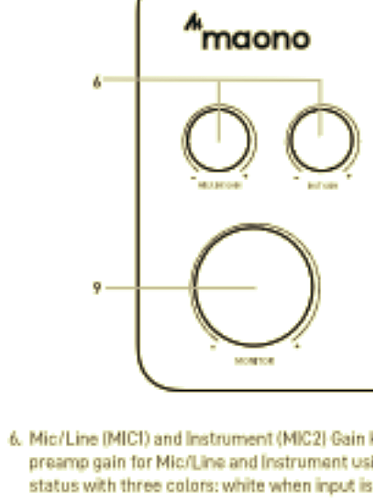Found them. The first part is how to read assuming nothing goes wrong. You never see this because something always goes wrong.
`
Read your chapter with wired headphones in a quiet, echo-free room. Repeat whole sentences if you make a mistake.
Stop.
File > Export the work, errors and all, as a WAV (Microsoft) file for protection.
Edit the work to get rid of word-o’s, stumbles, stutters, tongue ticks, lip smacks, and other errors.
Tools > Apply Macro > 36Audiobook-Mastering-Macro.
ACX-Check. If it passes and you like the way it sounds, Export a new WAV (Microsoft) file as Edit Master and go on to the next chapter.
`
Read Your Chapter Detailed Notes
— Read your chapter with wired headphones…
Highly recommended. Once you get accustomed to your own voice coming back to your ears, all your volume, emphasis, and expression errors go away—or give you obvious notes that you need to fix them. Wireless headphones/earphones can be complicated and cause problems.
— a quiet, echo-free room.
Echoey, Recording-In-The-Bathroom Voice can’t be fixed, and the noisy Metrobus going by can’t be removed.
I can do very respectable recordings in my garage. The boxes make terrific soundproofing, but I have to do it at night for best neighborhood background sound and I still have to pause periodically to miss the Metrobus.
— Edit the work…
Edit the work to get rid of of reading errors. ACX told me my submitted test file was Practically Perfect in Every Way, but they couldn’t deal with my mouth noises. Tongue Ticks and Lip Smacks are hard to fix and have the story still sound natural. Good luck.
There’s a Post Production editing job what should not be entirely post production. If you make a mistake, stop reading, leave the recorder running, look back to the next even sentence or phrase and read the whole sentence again with the correction. Continue on. When you get to the end of the chapter, Export a WAV Microsoft Protection File.
Only then then roll the performance back and remove the broken sentence and do other corrections and edits. If you wait until next week to correct the error, you will never get a matching tone, pitch, emphasis, and rhythm.
— Tools > Apply Macro…
36Audiobook-Mastering-Macro is a one-step collection of tools that includes a rumble filter, a loudness setting tool, and tip and peak corrector. It’s possible your chapter will come out the other end sounding OK and passing the ACX audiobook sound standards. I actually did this once with a test I recorded on my phone.
— ACX-Check
ACX-Check will tell you your chapter sound standards: Peak, RMS (Loudness), and Noise. Note, last I looked, the on-line ACX Audiolab will not tell you noise.
Noise can get you into trouble. ACX-Check does not like Blackness of Space, Dead-Zero Sounds. ACX uses that as an indicator that you have over-processed your chapter. Heavy noise reduction can cause vocal tone distortions.
It’s not unusual to need a little push to pass ACX Noise. Classic Noise Reduction can be applied at the gentle 6, 6, 6 settings.
Koz
